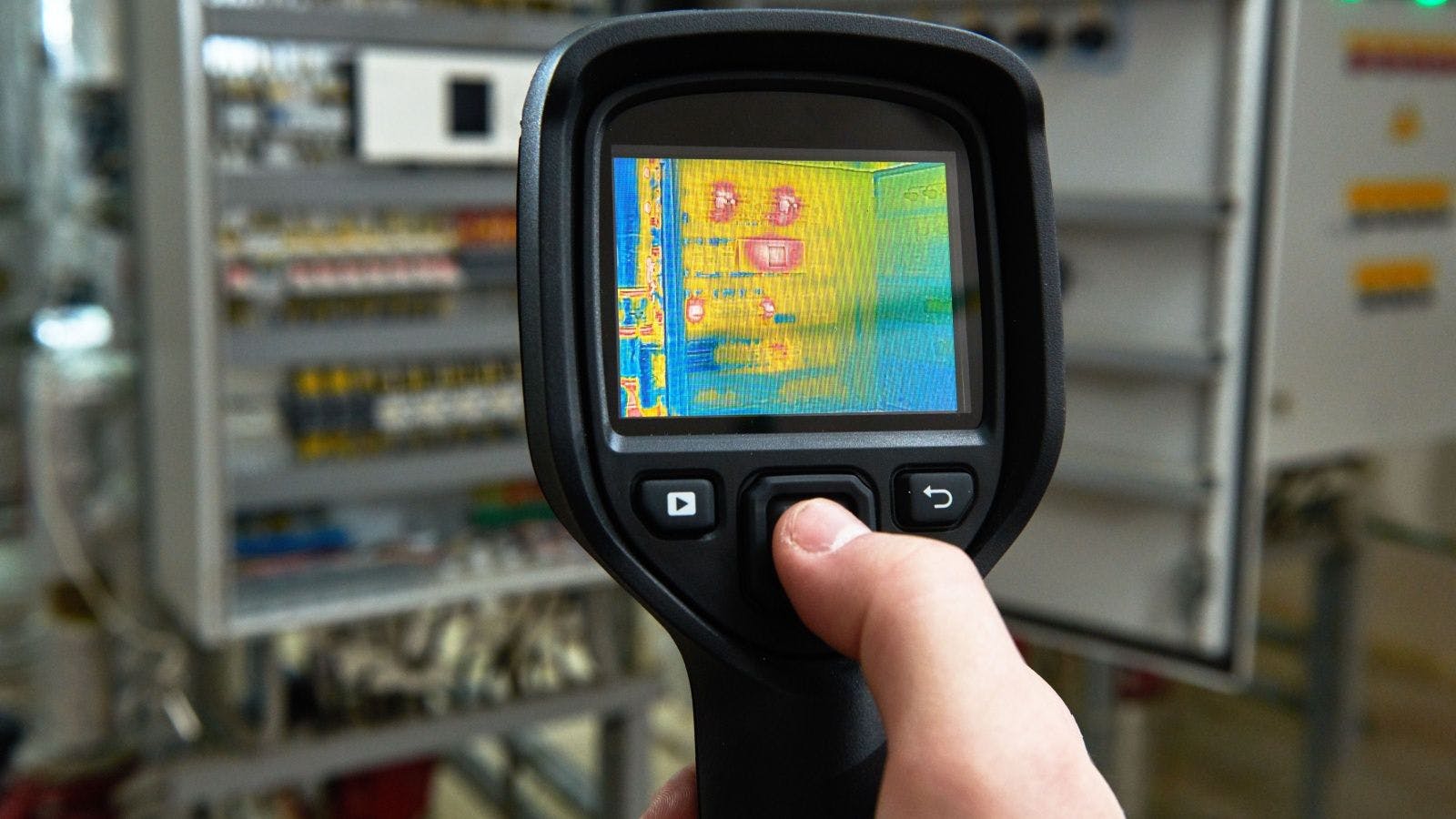
Too Much Tech: How to Find the Pros and Avoid the Cons
New and different technologies hit the market every day at a rapid-fire pace. How do contractors know which of these will be helpful for their businesses? Of those, which are worth investing in immediately? What are the risks associated with new or untested technologies? Construction Executive spoke with Casey Banks, senior regional risk control consultant at Travelers, regarding the latest technologies and where contractors should place their trust.
Construction Executive: What problems exist within the construction industry that technological innovations can address?
Casey Banks: New technology can help address several challenges within the construction industry. Whether it’s managing workplace safety or the lack of skilled labor, there’s probably a useful tool out there.
For instance, when it comes to safety, technological innovations are playing an important role in increasing productivity while reducing the risk of injuries.
There are numerous examples of this, such as:
- Drones, which give contractors a bird’s-eye view of their jobsites, allowing for inspections at height and eliminating the risk of an employee falling;
- Exoskeletons, which help prevent fatigue and overexertion;
- Simulation training via mixed-reality platforms, enabling training that doesn’t put workers in harm’s way; and
- Other types of wearables that help address struck-by hazards and prevent significant—and potentially deadly—falls.
Some of these solutions helped contractors address many pandemic-related safety concerns, such as the enforcement of social distancing and the monitoring of contact tracing through wearable devices and artificial intelligence software. Other technological innovations include modular construction, 3D printing and even field management software, all of which can assist with a decline in available skilled labor, among other concerns.
CE: What are some of the solutions for existing issues related to the use of technology?
CB: The answer to this question is dependent on the specific challenge each business is trying to solve. The optimal solution for one contractor may not be a difference-maker for another because each business may have a different set of needs and goals.
To figure out which solution is optimal for your firm, first look inward to determine what problem you are trying to address. Once that happens, you can then decide which specific technology might be best. Part of that process will require examining both the potential benefits and the risks. Soliciting input from others, such as insurance carriers or other contractors who have experience working with the technology, can be extremely valuable in this process.
CE: What are the benefits of utilizing technologies such as water sensors within the industry?
CB: Water sensors are a good example to illustrate how innovative technologies can be beneficial. The cost of repairing water damage has continued to increase, and contractors need to understand the risks associated with introducing water into a building.
There are several innovative solutions available today to help prevent water damage on jobsites—from basic water monitoring to 24/7 virtual management and shutoff capabilities, which allow a contractor (whether on-site or off-site) to shut down a leaking valve or pipe that has burst.
There are also environmental sensors that can issue an alert for other potential risks on a jobsite, such as temperature, dust and humidity, which are separate from security sensors that help to protect against theft and vandalism. The benefit of any of these technologies is that the instant notification allows for a quicker response, which can significantly mitigate any loss.
CE: Are there any risks associated with using new technologies, such as water sensors, wearables and drones? If so, what are some of the risk management strategies?
CB: Introducing any new technology comes with risks, including hesitancy from workers in adopting it, which could affect employee morale and productivity. Explaining the new technology in advance, including why it’s going to be used and how it will benefit both employees and the company, can help alleviate any apprehension. Asking for feedback on an ongoing basis can also help obtain buy-in at the field level.
Improperly using the technology is another cause for concern, which is why providing training and establishing standard operating procedures are critical. To put it in perspective, imagine handing someone a mobile phone for the first time without giving any direction or instruction. What are the chances that the person would understand immediately how to effectively use and manage the device?
In addition, there are risks associated with the management, use and storage of the data that many of these tools may capture. For example, if the technology acquires and keeps employee information, are the proper precautions in place to keep this data secure?
Is there a plan for how the data will be analyzed to address any unsafe behaviors or events? What will happen if the system is breached and the data is stolen? Is there a legal obligation in your jurisdiction to act on any data that is gathered? These are all important considerations when evaluating any new technology.
Related stories








